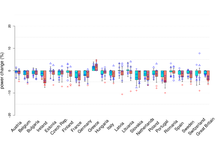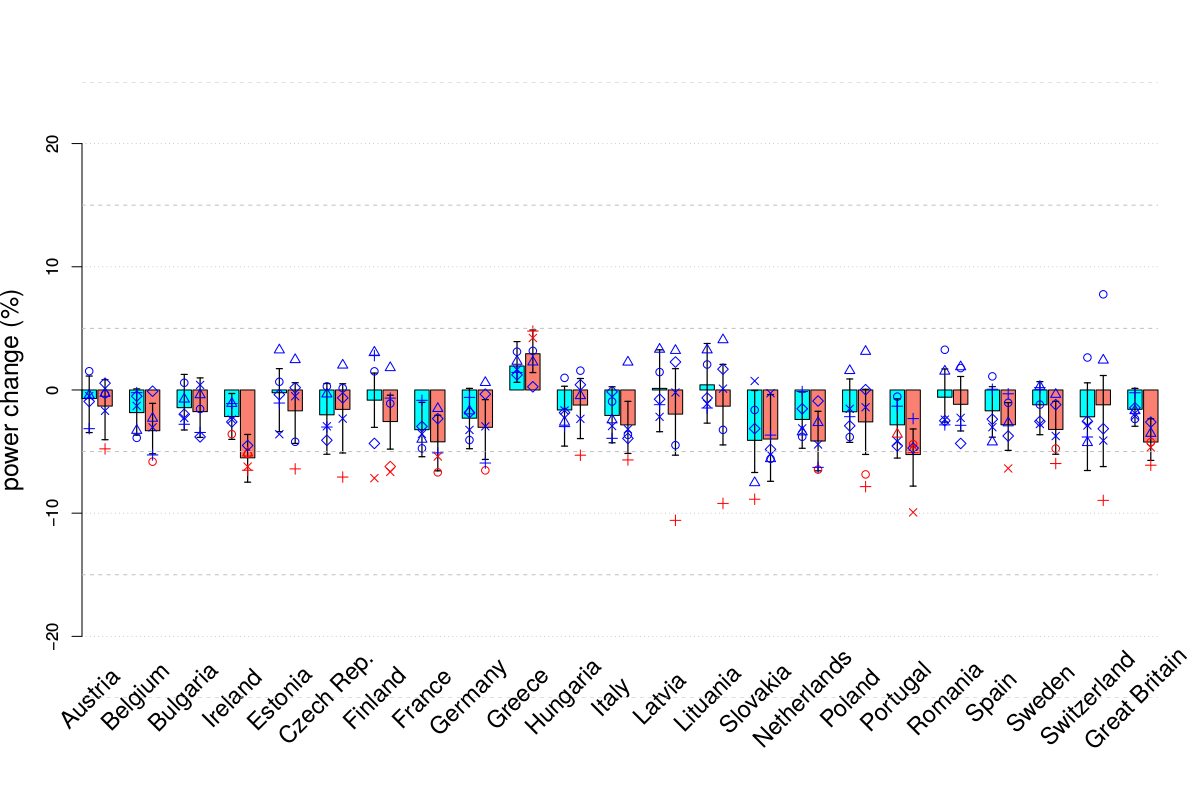Wind Energy Potential
Why is the content of this map important?
Wind energy has developed intensively over the past decade. The aim is to occupy a significant share in the European energy mix. The potential for wind power production is closely dependent on the energy contained in near-surface winds and its potential future changes.
Which sectors are affected by this result?
The electricity sector, and especially the wind energy sector, is vulnerable to changes in wind energy resource. The assessment of future changes in wind energy resource is informative for operating and planning activities in wind energy industry. This may also be relevant for energy-climate policy-makers.
What is shown on the maps?
The maps show the wind energy density which corresponds to the energy contained in the wind, regardless of wind turbine extraction technology. Wind energy density is stronger over sea than over land. Overall, the pattern of wind energy density will hardly be affected under a 2°C global warming. The magnitudes of projected changes are of order of 5% or below but the sign of changes is uncertain over most of Europe. However, most models agree on decreases over Mediterranean region, Atlantic ocean and northern continental Europe. Consistent increases are projected over southeastern Europe and Baltic Sea.
Details and further information:
Implications of changes in wind energy density for the power production of European wind farms. Based on the current installed power capacity, changes in mean annual production are projected by all models to be smaller than 5% in magnitude at the national and European scales, with an uncertain sign for most fleets. These changes are not distinguishable from natural variations in the climate unrelated to greenhouse gas induced warming. A 3°C global warming (salmon colour) leads to slightly stronger changes than a 2°C global warming (blue colour).
Changes in mean annual wind energy yield for the 2013 national wind farms fleets under a 2°C (cyan) and 3°C (salmon) global warming. Model individual changes are represented by differing symbols: symbols are red when changes are significant at 95%.
Author:
Isabelle Tobin
Centre national de la recherche scientifique (CNRS-IPSL), France
